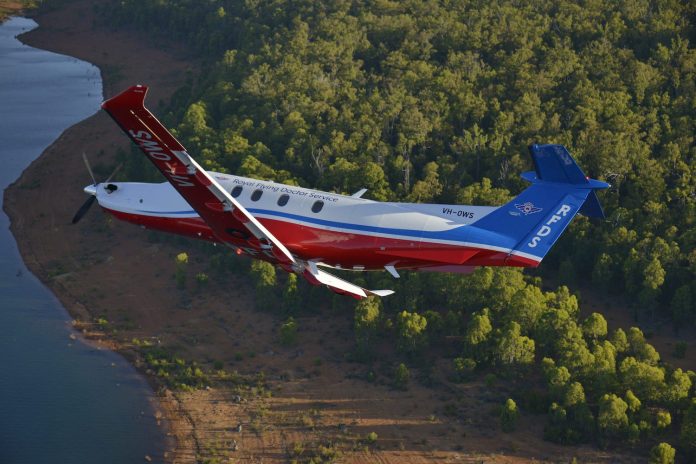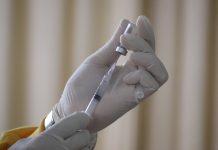
West Australian stockman Jimmy Darcy’s tragic end in 1917 was a turning point in the formation of Australia’s world-famous Royal Flying Doctor Service.
Working on remote cattle station, Ruby Plains, in Western Australia, Darcy was struck down by a ruptured bladder.
Friends rushed him across rough tracks and roads for 12 hours to remote Halls Creek. Only one man in the settlement was trained in first aid, postmaster FW Tuckett.
Tapping out morse code on the overland telegraph, Tuckett failed to make contact with doctors at Wyndham and Derby but eventually got through to a Dr Holland in Perth.
Tuckett plied the suffering patient with whisky and strapped him to the post office counter. Armed with only a pen knife, Tuckett was guided by Dr Holland through “two rather messy bladder operations.”
Dr Holland then boarded a cattle boat to Derby, then hopped into a Model T Ford, got to a horse-drawn carriage and, finally, walked into Halls Creek settlement. Tragically, Darcy had died the day before.
While the operations were judged to be successful, Darcy died from undiagnosed malaria and a ruptured abscess in his appendix.
Rev. John Flynn related the tragedy in many public talks to highlight the need for improvements in medical treatment and communication in remote Australia.
Rev. Flynn had worked in remote areas of Victoria and was commissioned by the Presbyterian Church to look at the needs of people living in the outback. The Australian Inland Mission was founded in 1912 as a result of his report.
In 1928, Rev. Flynn formed the AIM Aerial Medical Service in Cloncurry, Queensland – the future Royal Flying Doctor Service.
Founding supporters included Hudson Fysh, one of the founders of Qantas, industrialist HV McKay and Dr George Simpson. Qantas supplied the first plane, a De Havilland DH 50, dubbed Victory. Qantas charged two shillings-a-mile for use of the Victory during the first year.
On May 17, 1928, pilot Arthur Affleck took the first official flight from Cloncurry to Julia Creek in Central Queensland, with a welcoming crowd of more than 100 people at the airstrip.
A vital breakthrough was yet to come, thanks to the tragedy of stockman Jimmy Darcy.
Flynn’s public speeches about Darcy were heard by a Victorian pilot, Lt Clifford Peel, who was posted to France for World War I in 1917.
Lt Peel wrote to Rev. Flynn, outlining how he witnessed a missionary doctor flying to patients in isolated areas. Peel set out costing estimates for missions and Flynn wrote about Peel’s idea in his church’s newsletter. In 1918, unheralded hero, Peel, died in combat.
Rev. Flynn got together with Alfred Traeger to experiment with radio in the mid-1920s, probing how to connect remote outposts with a centralised medical base.
Pedal radios were gradually distributed to outback missions, cattle stations and homesteads around Cloncurry, the base site for a 50-watt transmitter.
In 1926, experimental medical flights began and the following year, an injured miner was flown from Mount Isa to Cloncurry.
The Aerial Medical Service provided a national service in the 1930s and, in 1942, became the Flying Doctor Service of Australia and, finally in 1955, the Royal Flying Doctor Service.
In its first year, the RFDS flew 32,000 kms in 50 flights, becoming the first comprehensive air ambulance service in the world.
The non-profit RFDS, funded by sponsors, continues to provide primary health care and emergency and community services to Australia’s isolated communities.



































